Did you know that Koreans celebrate two New Years every year? One is the same as the New Year you all know, on January 1st, and the other is called Seollal, which follows the Lunar Calendar.
In this article, you'll learn how to say Happy New Year in Korean and how it’s used during both January 1st and Seollal. You’ll also learn some useful Korean words related to the New Year and discover how these two celebrations are different but equally special!

How To Say Happy New Year In Korean

The most common way to say Happy New Year in Korean is 새해 복 많이 받으세요 (Saehae bok mani badeuseyo). It means, “May you receive many blessings in the New Year.” This phrase is not only polite but also carries a heartfelt wish for good luck and happiness.
Also, thre are three different versions of this New Year greeting, depending on who you’re talking to:
1. 새해 복 많이 받으세요 (Saehae bok mani badeuseyo):
This is the standard polite version, perfect for most situations. Use it with people you’re not very close to, like coworkers, neighbors, or anyone older than you.
2. 새해 복 많이 받으십시오 (Saehae bok mani bad-eusibsio):
This is the very formal version, often used in official settings or when speaking to someone you want to show great respect to, like a boss or elder.
3. 새해 복 많이 받아 (Saehae bok mani bada):
This is the casual version, used with close friends, family members of the same age, or younger people.
No matter which version you choose, the message remains the same: a wish for a blessed and happy New Year. Don’t forget to pair it with a warm smile!
How Do Koreans Celebrate The New Year?
The Gregorian New Year is celebrated in a more modern, global style, and although it’s not as traditional as Seollal, it still holds significance for many Koreans:
Fireworks and Countdown Celebrations:
Major cities, like Seoul, host countdown events with fireworks and celebrations. People often gather in public places to celebrate as they count down to midnight.
Parties and Festivities:
Many people celebrate with friends, family, or colleagues at parties, enjoying food and drinks. It’s a lively event marked by modern festivities.
New Year’s Day Greetings:
On both the Gregorian New Year and Seollal, people greet each other with the phrase 새해 복 많이 받으세요 (Saehae bok mani badeuseyo), meaning “May you receive many blessings in the New Year.”
While Seollal is a time for traditional family rituals, honoring ancestors, and reflecting on the past, the Gregorian New Year is more about modern celebrations and parties. Both holidays hold unique meanings in Korean culture, reflecting a blend of old traditions and new customs.
Read Also:
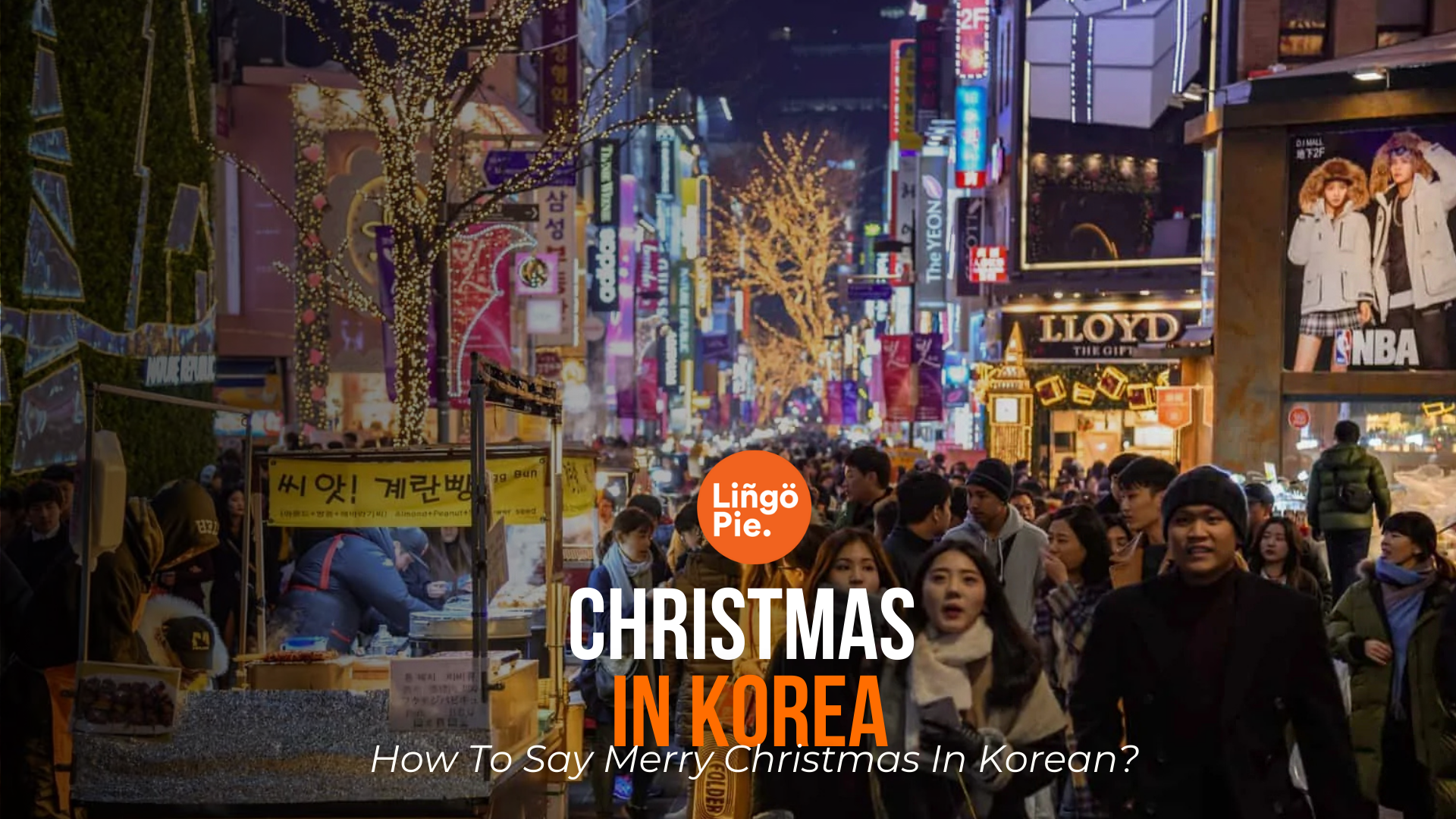
What Is Seollal?
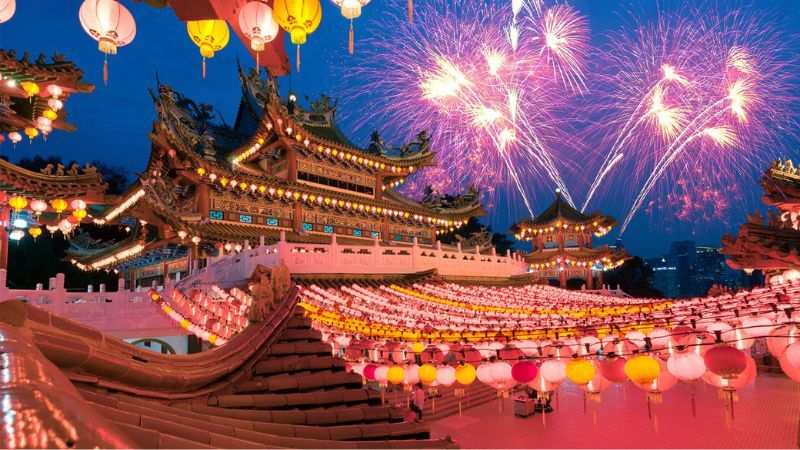
Seollal (설날) is the Korean Lunar New Year, one of the most important and traditional holidays in Korea. It usually takes place in late January or early February, depending on the Lunar Calendar. Unlike the Gregorian New Year on January 1st, Seollal is deeply rooted in Korean culture and family traditions.
On Seollal, families gather to honor their ancestors through a special ritual called 차례 (charye), where they prepare a table filled with traditional Korean dishes. A key part of the celebration is eating 떡국 (tteokguk), a rice cake soup that symbolizes growing one year older.
Another unique tradition is 세배 (sebae), where younger family members bow deeply to their elders, wishing them health and happiness for the new year. In return, they often receive 세뱃돈 (sebaetdon), money in a small envelope as a New Year’s gift.
While Seollal shares the same greeting (새해 복 많이 받으세요), it’s much more than just words. It’s a celebration of family, heritage, and the hopes for a prosperous year ahead.
How Do Koreans Celebrate Seollal?
Seollal is a deeply cultural and family-centered holiday, filled with customs and rituals that date back centuries. Here’s how Koreans typically celebrate:
Family Gatherings:
Families come together, often traveling long distances, to celebrate Seollal. It’s a time to honor ancestors and connect with loved ones.
Charye (차례) – Ancestral Rituals:
One of the most important traditions during Seollal is the charye ceremony, where families set up a ritual table with food offerings to honor their ancestors. This ritual is performed to show respect and seek blessings for the coming year.
Tteokguk (떡국) – Rice Cake Soup:
A traditional food served during Seollal is tteokguk, a rice cake soup. Eating this dish symbolizes growing a year older and is believed to bring good luck in the New Year.
Wearing Hanbok (한복):
Many people wear hanbok, the traditional Korean clothing, during Seollal as a sign of respect for the occasion and their ancestors.
Sebae (세배) – The New Year’s Bow:
One of the most beautiful aspects of Seollal is the sebae, a formal bow performed by younger family members to show respect to their elders. After the bow, elders often give sebaetdon (세뱃돈), or money, to the younger ones as a blessing for the New Year.
During Seollal (Lunar New Year), younger family members bow deeply to their elders in a tradition called sebae, wishing them a prosperous year. In return, elders give sebaetdon (New Year’s money) as a blessing for good fortune. It’s a traditional exchange of respect and well wishes!
When Is Seollal Celebrated?
Seollal (설날), the Korean Lunar New Year, typically falls in late January or early February, depending on the Lunar Calendar. The exact date changes each year, as it aligns with the first day of the Lunar Calendar, which is based on the cycles of the moon.
If you want to know the exact dates, Seollal will be celebrated on January 29th in 2025.
Seollal is celebrated for three days in Korea: the day before, the day of, and the day after the Lunar New Year. This extended holiday gives families time to travel, prepare for rituals, and spend meaningful moments together.
If you’re planning to experience Seollal in Korea, check the Lunar Calendar for the exact date each year!
Key Differences Between Gregorian New Year And Seollal
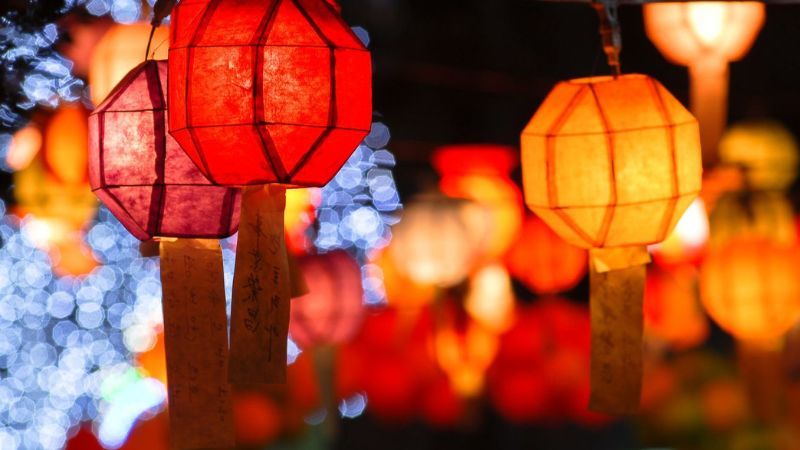
While both the Gregorian New Year (January 1st) and Seollal (Lunar New Year) are important to Koreans, they are celebrated in very different ways.
Gregorian New Year (January 1st)
- Global Celebration:
South Korea celebrates January 1st just like many other countries around the world. - Greetings:
People say 새해 복 많이 받으세요 (Saehae bok mani badeuseyo) to wish each other good fortune. - Festivities:
Big cities like Seoul host countdown events with fireworks, parties, and gatherings. It's a lively and modern celebration that often happens in public spaces.
Seollal (설날)
- Lunar Calendar Tradition:
Seollal is based on the Lunar Calendar and usually falls in late January or early February. - Family-Centered:
Unlike the global New Year, Seollal is about spending time with family. Koreans honor their ancestors with rituals like 차례 (charye), prepare traditional foods like 떡국 (tteokguk), and wear 한복 (hanbok). - Unique Traditions:
Younger family members perform 세배 (sebae), a formal bow to elders, and receive 세뱃돈 (sebaetdon), a gift of money. - Deeper Meaning:
While the greeting 새해 복 많이 받으세요 is the same, it is accompanied by cultural traditions and rituals that reflect gratitude and respect for family and heritage.
In short, the Gregorian New Year is a modern, public celebration, while Seollal is a traditional holiday that focuses on family, respect, and cultural values. Both are meaningful in their own ways, but Seollal holds a deeper place in Korean culture.
Read Also:

Korean Vocabulary For The New Year
This vocabulary table covers essential words and phrases to help you understand and celebrate both the Gregorian New Year and Seollal.
| English | Korean | Pronunciation |
|---|---|---|
| New Year | 새해 | Saehae |
| Blessings, luck | 복 | Bok |
| Many, much | 많이 | Mani |
| To receive | 받다 | Badda |
| May you receive many blessings in the New Year | 새해 복 많이 받으세요 | Saehae bok mani badeuseyo |
| Lunar New Year | 설날 | Seollal |
| New Year’s bow to elders | 세배 | Sebae |
| New Year’s money | 세뱃돈 | Sebaetdon |
| Ancestral rites | 차례 | Charye |
| Rice cake soup | 떡국 | Tteokguk |
| Traditional Korean clothing | 한복 | Hanbok |
| Health | 건강 | Geongang |
| Happiness | 행복 | Haengbok |
| To celebrate | 축하하다 | Chukhahada |
| Holiday | 명절 | Myeongjeol |
Is Learning Korean Your New Year's Resolution?
In this article, we learned how to say Happy New Year in Korean, how Seollal (Lunar New Year) is celebrated, and the special tradition of sebae where younger family members bow to elders. We also saw how Koreans greet each other with good wishes for the year ahead.
If you want to learn more about the Korean language and culture, Lingopie is a great resource. It offers fun and engaging ways to improve your Korean through Korean TV shows, movies, and more!
So, why not give Lingopie a try and start learning Korean today? You can also check out more of our articles for tips and fun facts on language and culture!


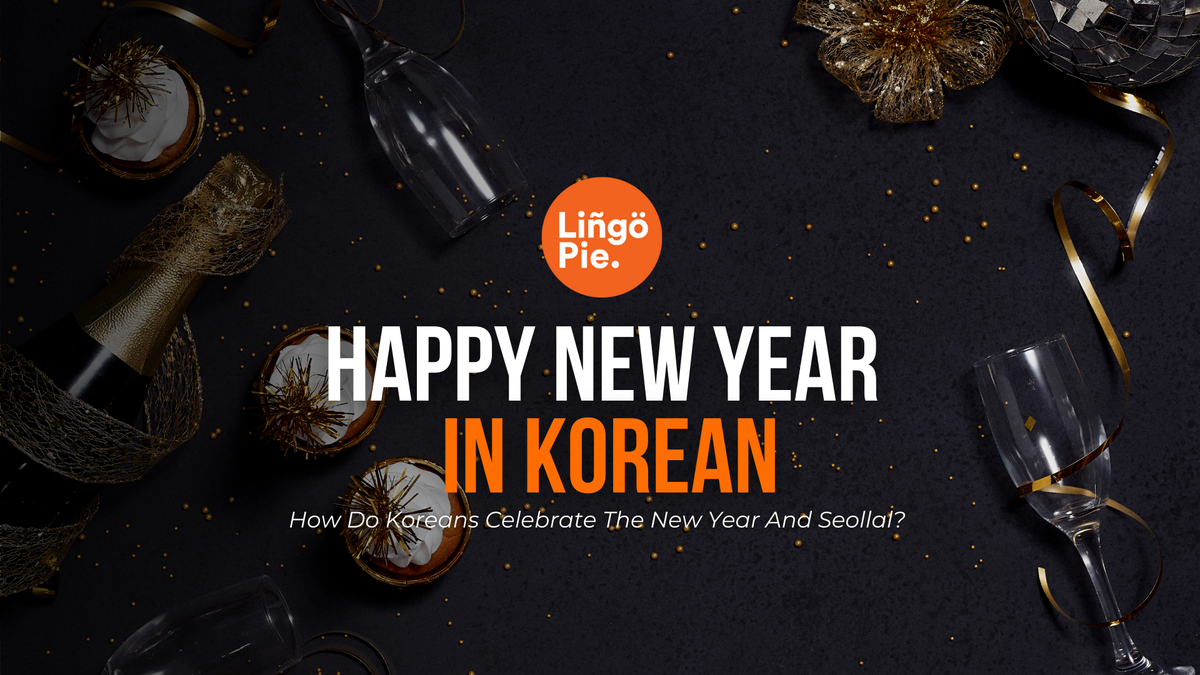



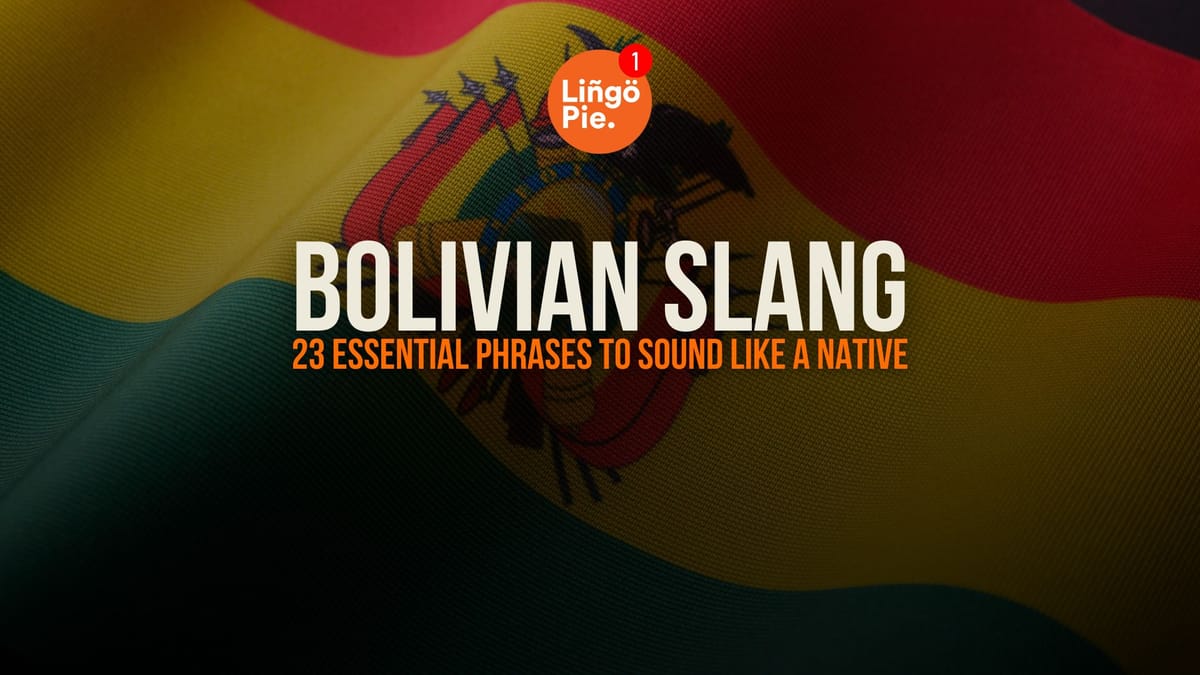

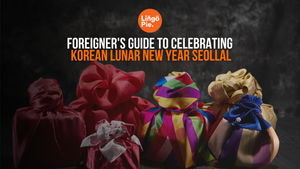

![Korean Onomatopoeia: 80+ Sounds And Mimetic Words [Guide]](/blog/content/images/size/w300/2025/12/Korean-onomatopoeia.jpg)